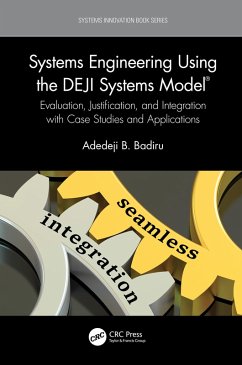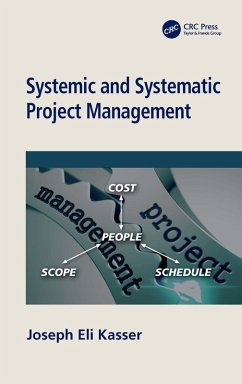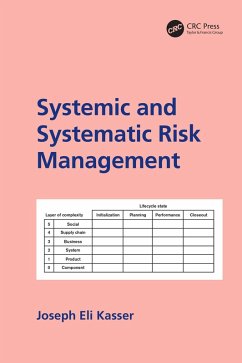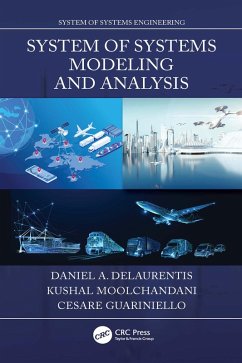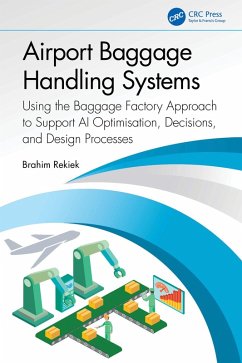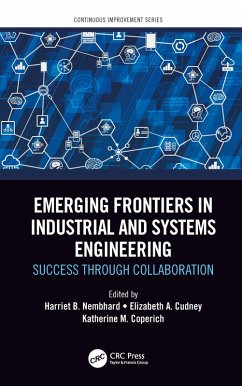
Systems Engineering (eBook, PDF)
Holistic Life Cycle Architecture Modeling and Design with Real-World Applications
Versandkostenfrei!
Sofort per Download lieferbar
46,95 €
inkl. MwSt.
Weitere Ausgaben:

PAYBACK Punkte
23 °P sammeln!
This book provides a guide for systems engineering modeling and design. It focuses on the design life cycle with tools and application-based examples of how to design a system, focusing on incorporating systems principles and tools to ensure system integration. It provides product-based and service system examples to understand the models, tools, and activities to be applied to design and implement a system. The first section explains systems principles, models, and architecture for systems engineering, lifecycle models, and the systems architecture. Further sections explain systems design, de...
This book provides a guide for systems engineering modeling and design. It focuses on the design life cycle with tools and application-based examples of how to design a system, focusing on incorporating systems principles and tools to ensure system integration. It provides product-based and service system examples to understand the models, tools, and activities to be applied to design and implement a system. The first section explains systems principles, models, and architecture for systems engineering, lifecycle models, and the systems architecture. Further sections explain systems design, development, and deployment life cycle with applications and tools and advanced systems engineering topics.
Features:
This book is aimed at graduate students and researchers in systems engineering, modeling and simulation, any major engineering discipline, industrial engineering, and technology.
Features:
- Focuses on model-based systems engineering and describes the architecture of the systems design models.
- Uses real-world examples to corroborate different and disparate systems engineering activities.
- Describes and applies the Vee systems engineering design methodology, with cohesive examples and applications of designing systems.
- Discusses culture change and the skills people need to design and integrate systems.
- Shows detailed and cohesive examples of the systems engineering tools throughout the systems engineering life cycle.
This book is aimed at graduate students and researchers in systems engineering, modeling and simulation, any major engineering discipline, industrial engineering, and technology.
Dieser Download kann aus rechtlichen Gründen nur mit Rechnungsadresse in A, B, BG, CY, CZ, D, DK, EW, E, FIN, F, GR, HR, H, IRL, I, LT, L, LR, M, NL, PL, P, R, S, SLO, SK ausgeliefert werden.




